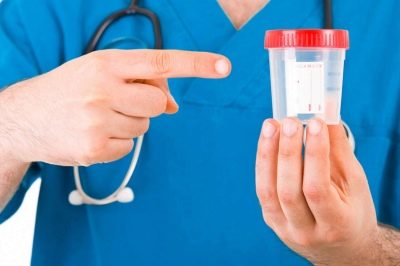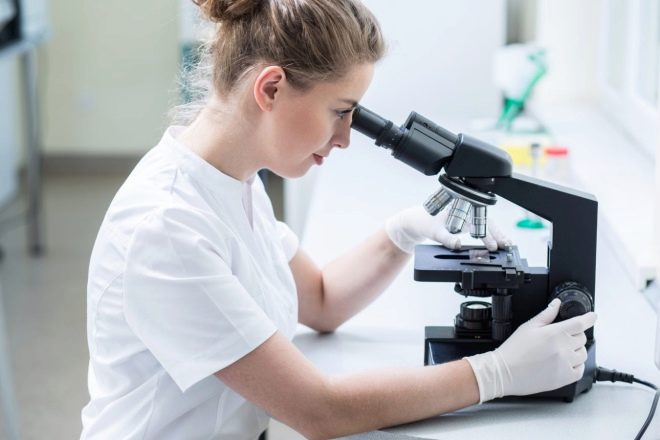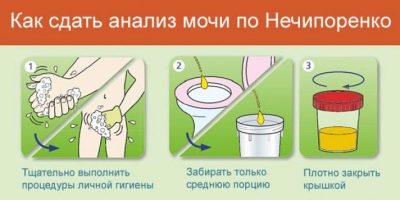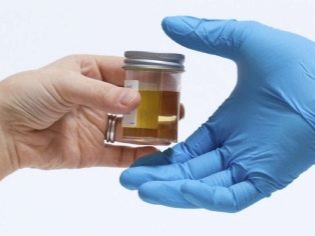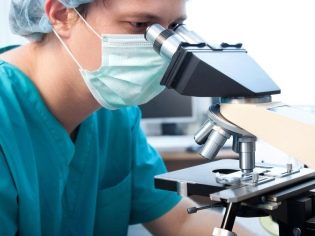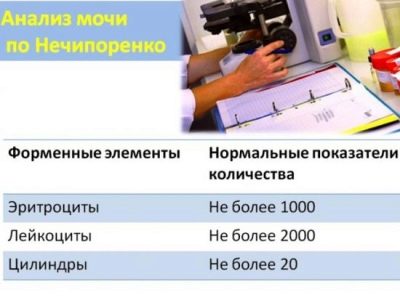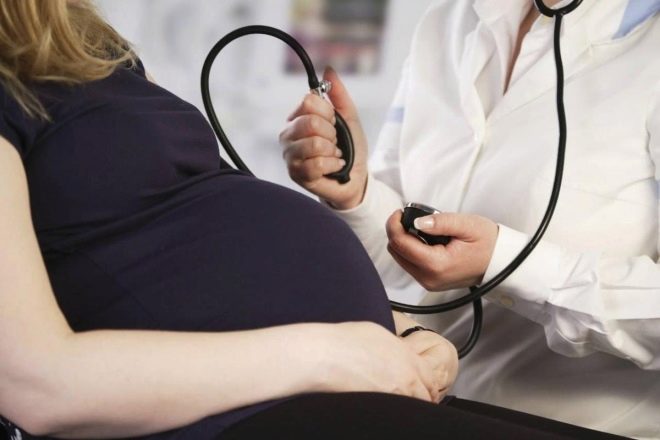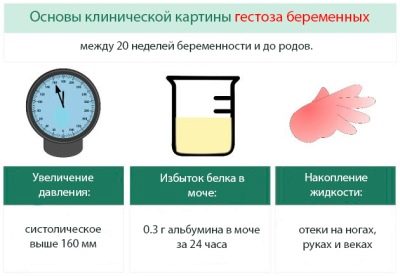Nechiporenko urine analysis during pregnancy
The work of the future mom's kidneys is very important while carrying the baby. To determine the various pathologies in the work of these vital organs is possible only through various analyzes.
The study of urinary sediment in this period is very important, as it allows you to determine even "dumb" disease.
What shows?
Conducting this laboratory test is very important. It is important to note that this study is not shown to all pregnant women. The doctors determined a number of medical indications for the test.
In pregnancy, the basic test, which allows to identify various abnormalities in the work of the kidneys and urinary tract, is a general urinalysis. For the entire period of carrying a baby, he is appointed quite often. If during the test, the doctors determine a number of pathologies, they will recommend the expectant mother to undergo analysis according to Nechiporenko.
It is important to note that while carrying a baby, the possibility of infection of the kidneys and urinary tract increases markedly. This is largely due to the increasing concentration of progesterone and other pregnancy hormones. Altered hormones lead to easier penetration of dangerous microbes into the female body and the rapid development of infection.
The risk of urinary tract infection increases markedly since the second half of pregnancy. This feature is due to the growing pressure of the uterus on nearby organs. This effect contributes to the increasing stagnation of urine, which leads to the appearance of various pathologies of the kidneys and urinary tract.
It often happens that These diseases are manifested in the future mother is not very bright. As a rule, this is evidenced by the appearance in the urinary sediment of a moderate number of white blood cells or red blood cells. If the urine test is considered doubtful, and a study on Nechiporenko is appointed.
This test can also help identify:
- various clinical variants of glomerulonephritis or pyelonephritis;
- chronic inflammation of the bladder (cystitis);
- indirect signs of renal failure;
- "Dumb" hematuria (blood in the urine);
- preeclampsia.
Urine analysis according to Nechiporenko assigns, as a rule, therapist. However, in some cases, the urologist may resort to the appointment of such a laboratory test. Such situations are possible if a woman has any already identified kidney or urinary tract diseases.
Future moms who are at the dispensary for these pathologies will also undergo research several times during the entire period of their pregnancy.
How to properly collect urine for research?
The procedure for the correct collection of biomaterial for examination is very important. Its exact compliance will help to get more reliable results in the future. Recommendations on how to properly pass urine for research are given in the women's clinic during the consultation.
To obtain accurate analysis values, doctors recommend several days before the test. completely refuse any salted and marinated products. This will help to get more reliable results.
Excessive consumption of protein foods contributes to the appearance in the urinary sediment of an increased number of leukocytes. In order to avoid this, 2-3 days before the study is better. Do not abuse protein foods.
Collect urine for research is better in the morning. Before collecting, be sure to carry out hygiene of the external genital organs. To do this, you can use a tool that does not have a pronounced effect on the pH of the intimate female zone. Also suitable for washing and ordinary hypoallergenic soap. The procedure should be performed strictly from front to back.
After washing, the external genitals should be gently dried with a clean towel. For research on Nechiporenko It is very important to collect a medium portion of urine. To do this, you must first urinate a little in the toilet. Then the necessary average portion is collected in the container.
Collect material for research should be in a clean, dry container. For this, special plastic containers are perfectly suitable, which are sold in each pharmacy. The advantage of this tank is the presence of a screw cap, which prevents the flow of fluid during its delivery to the laboratory.
You can also collect biomaterial for research in a clean glass jar. Usually, 50 ml of urine is enough for one test. After collecting the jar should be quite tightly closed. This will not only prevent urine leakage during transportation, but also reduce the ingress of oxygen into the container.
Deliver the biomaterial to the laboratory should within a couple of hours from the time of collection. If for any reason this cannot be done, then the container should always be kept in a refrigerator. Immediately it should be noted that in this case, the results may be distorted.
You can donate urine according to Nechyporenko both in a free women's clinic and in a private laboratory.
If the examination procedure takes place in an ordinary hospital, then in this situation be sure to attach to the container with the collected urine direction. This medical form is issued to the future mom by her doctor. It indicates the patient’s key personal details, as well as her intended gestational age.
Standards of performance
Normal values of this test do not exclude the presence of formed elements in the urinary sediment. However, there are certain reference values that define the limits of the norm.
In a normal urinalysis, there should be no more than 2,000 leukocyte units. The number of red blood cells in the normal does not exceed a thousand units. The normal concentration of cylinders in this case is 20 units. All studied indicators are calculated for one milliliter.
Interpretation of the received analyzes
Decipher the results of the analysis should only the attending physician. For this it is better to turn to the therapist. If a woman has any kidney or urinary tract disease, you can immediately consult a urologist, bypassing the referral to an obstetrician-gynecologist. This will help simplify the diagnosis process.
With exacerbation of chronic pathologies of the kidneys and urinary tract in a pregnant woman in the urinary sediment leukocyte count is increasing. Usually this situation develops with chronic pyelonephritis or cystitis. Also in this way urolithiasis can occur.
If the number of red blood cells significantly exceeds the norm, we can talk about the violation of the filtering function of the glomeruli. Quite often glomerulonephritis or some rheumatological diseases, accompanied by renal tissue inflammation, lead to the development of this situation.
Also, the appearance of a large number of red blood cells in the urine may indicate the development of a very dangerous condition - renal infarction. In this case, the required inpatient hospitalization for intensive treatment.Certain variants of nephrotic syndrome can also lead to the appearance of large numbers of red blood cells in the urinary sediment.
Cylinder growth in the urine may be a manifestation adverse course of hypertensionaccompanied by damage to the renal tissue. As a rule, this condition is also accompanied by the development of multiple combined symptoms.
In this case, the blood pressure in a pregnant woman rises strongly, which is quite difficult to normalize without the help of special antihypertensive drugs.
The appearance in the urinary sediment of a large number of waxy cylinders may be the result of actively developing amyloidosis. Also, this condition is possible with the formation of renal failure or the development of nephrotic syndrome.
Actively flowing viral infection in the renal tissue can cause the appearance of a large number of epithelial cylinders in this assay. Also, the growth of these elements occurs when an overdose of acetylsalicylic acid metabolites. A strong nephrotic syndrome usually manifests itself in the urine of a large number of cylinders.
This condition can also be with a rather dangerous pathology - gestosis, manifested in both the first and second half of pregnancy. Gestosis is dangerous for both mom and her baby.
Failure to provide medical care quite often leads to the development of a very dangerous condition for the fetus — hypoxia. At a later gestational age, this pathology may even end with an urgent unscheduled delivery.
What else can urine tests say? Look for answers in the next video.



